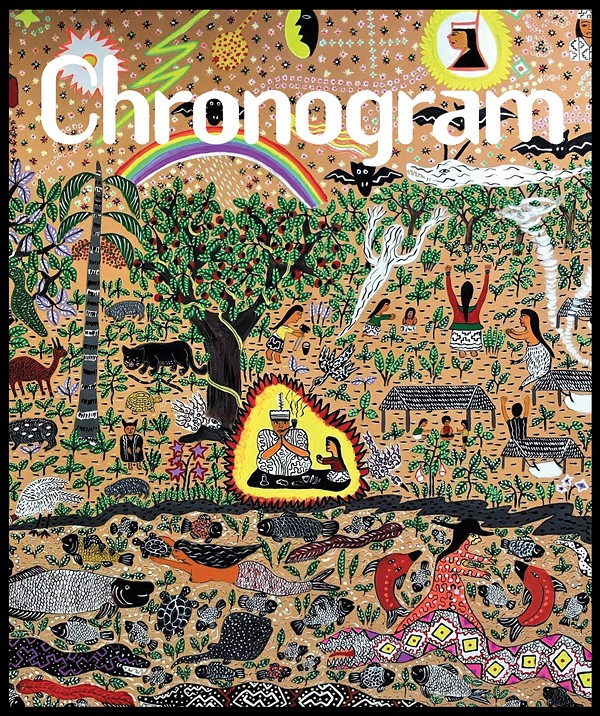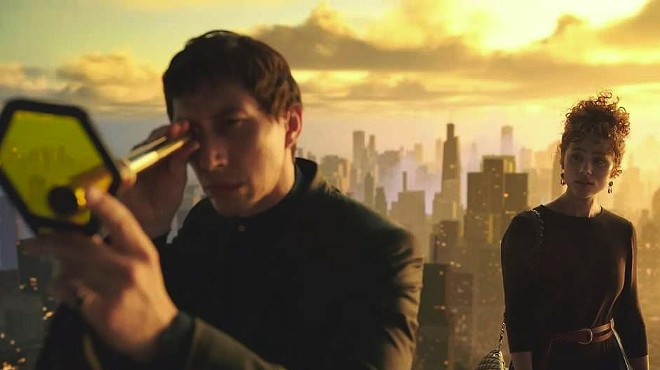Our Narrow Hiding Places
Kristopher Jansma
Ecco, August 2024, $30
Did you know eels could write? They certainly do in Our Narrow Hiding Places by Kristopher Jansma, which offers a close-up view of the horrors of World War II. The novel follows Mieke Geborn, a Dutch octogenarian living on the Jersey Shore. Her days are spent in mostly pleasant ways that reveal little of the horror of living through the Hunger Winter (1944-45) in the Netherlands. Jansma packs into flashbacks granular details of the brutality of the Nazi occupation and systematic decimation of the population through torture and lack of food. But there are also tender reminiscences of being on the cusp of adulthood and part of a close, makeshift family in a village simply struggling to stay alive.
The eel, in a prominent and unlikely role, writes as a collective "we," contributing an introduction and regular asides with historical anecdotes. Not only are these sections like fly-on-the-wall reports, they depict nature enduring as humans flourish, dominate, kill one another, and die. Resembling snakes but actually fish, eels have been thought throughout history to possess magical powers, in part due to their ability to live in the sea but traverse land.
Mieke, a wild child, employs a variety of survival tactics. She learns to catch, kill, and flay eels. Old tires and wire are fashioned into makeshift shoes, valuable tulip bulbs are ground into a bitter flour, a rare scavenged beet (which she dislikes) provides sustenance for days. In order to avoid conscription into labor, the town's men hide, wedging themselves into attic floorboards (hence the book's title), similar to eels burying themselves in the mud in order to avoid capture. The townsfolk eventually fray into paranoid sects of resistors, collaborators, and Jews—all terrified and exhausted by the Nazi occupation.
The modern-day Mieke walks to her neighbor's to retrieve a book, falls, and can't move for hours before being discovered. Shortly after, her New York-based doctor grandson Will, going through marriage and job troubles, decides to visit his grandmother with his wife Teru. Later, in haste, Will slips and falls into a snowbank during a bombogenesis, mirroring his grandmother's accident; both lay immobile for spells, drifting in and out of a nether state. Will recovers, and learns about the status of his long-missing father, which raises questions about his genetic predispositions and the potential to pass along certain traits to his future children.
Jansma writes fluidly and with frankness when dealing with gruesome subjects. He paces sections covering an inherently horrific topic by switching between wartime and modern day, with a periodic eel's perspective mixed in. There is no single or collective hero, as in other wartime novels like Anthony Doerr's All the Light We Cannot See or Kristin Hannah's The Women, although compassion arises from unsuspecting characters. The war ends as Mieke and her ad hoc family are a week away from starving to death. It reminds us that even as contemporary events seem apocalyptic, World War II produced unspeakable crimes against humanity.
While reading the book, I also happened to read a New Yorker article by Paige Williams on glass eels (elvers), which hatch in the Sargasso Sea and migrate to the coasts of North America, including the Hudson River, and Europe. Little is known about their lives, but market demand in Asia for elvers as a delicacy has led to the highest per-pound fish in the US. As they have for eons, these slippery, primeval creatures exert influence and captivate us despite their opaque life cycle, even in times of turmoil.













